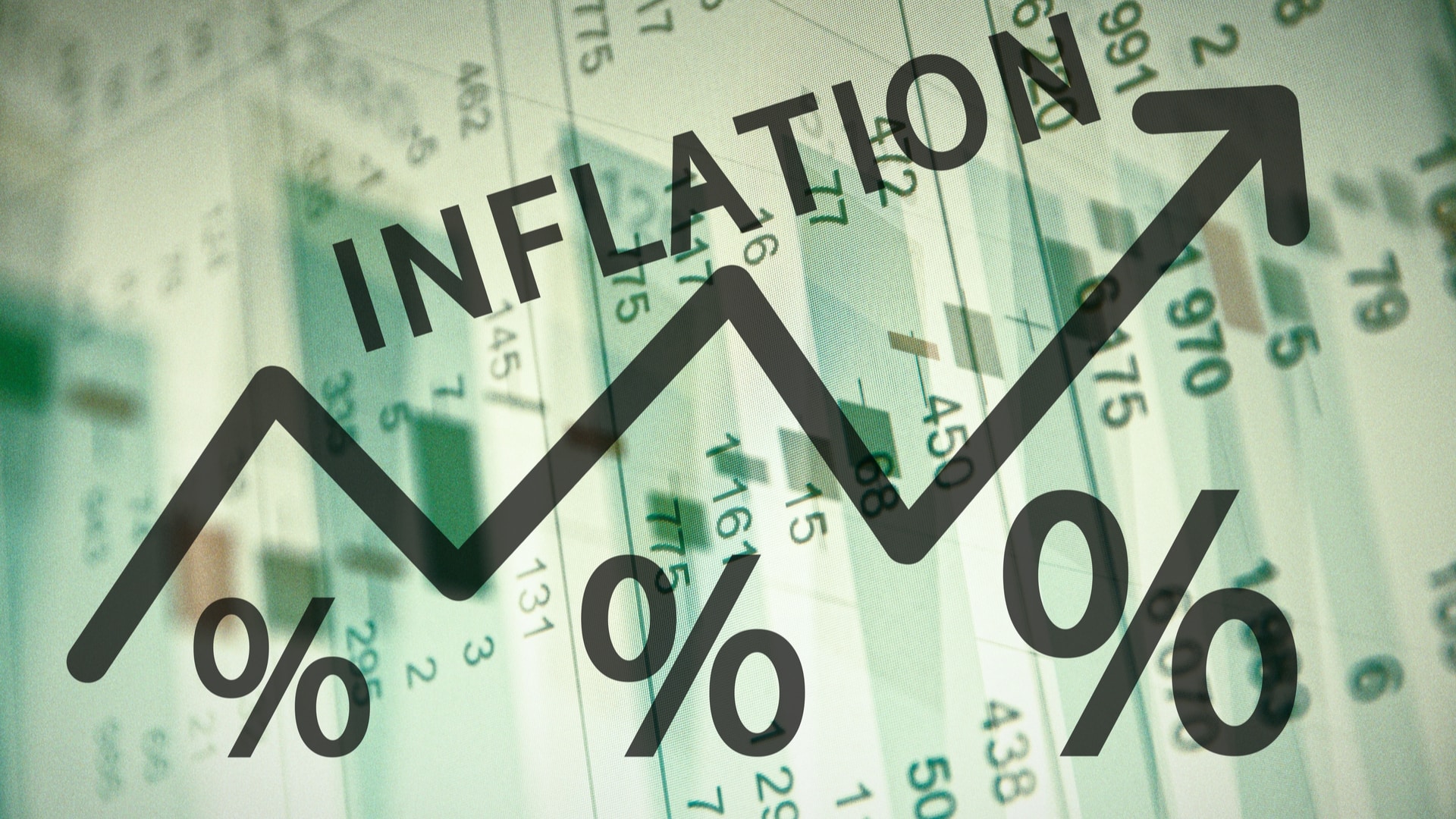Technology use in agriculture today is at relatively unimaginable levels. Various new agricultural technologies are on the horizon, and they look pretty promising. But now, IoT has entered the mainstream as a cutting-edge agrotechnology due to its increased use. Let’s learn what IoT is in its simplest terms.
Do you know you use the Internet of Things (IoT) technology every time you look at your smartwatch to check your calorie intake or ask Alexa or Siri to figure out how much a pie is worth? IoT refers to the concept of the Internet controlling things. Intelligent (IoT) devices can send and receive data over the Internet. A Coke vending machine at Carnegie Mellon University from 1982 was one of the very first network-connected devices, and it could report whether or not any beverages were available.
IoT smart farming devices are made for the agriculture industry to help monitor agricultural fields using sensors and automating irrigation systems. Consequently, farmers and related brands may readily and conveniently check on the state of the areas from any location.
The horticulture sector must expand to fulfill demand despite an expanding population, which is expected to reach 9.6 billion by 2050. This is true despite environmental problems, including bad weather and climate change. The agriculture industry will need to adopt new technology to acquire a much-needed advantage to fulfill the demands of that expanding population. IoT-based smart farming and precision farming technologies will help the sector become more operationally efficient, cut costs, decrease waste, and produce higher-quality harvests.
So What Exactly Is “Smart Farming”?

A high-tech, capital-intensive method of growing food sustainably and cleanly for people is known as intelligent farming. It is a component of contemporary ICT (Information and Communication Technologies) applied to agriculture.
A system is created in IoT-based smart farming to automate the irrigation system and monitor the agricultural field using sensors (light, humidity, temperature, soil moisture, etc.). Farmers may monitor the condition of their lots from any location. Smart farming that is IoT-based is significantly more efficient than traditional farming.
The advantages of implementing modern technology, such as the Internet of Things in agriculture, include the following:
1. Weather Forecast:
Farming is mainly dependent on the climate. Also, poor climatic information seriously impairs the amount and quality of agricultural output. However, IoT technologies let you know the current weather conditions. The agricultural fields have sensors installed both inside and outside of them. They gather environmental information to choose the best crops for the specific climatic conditions.
The entire IoT network comprises sensors that can correctly identify real-time weather variables, including humidity, rainfall, temperature, and more. An alarm will be sent whenever any unfavourable weather is discovered. The requirement for human presence during adverse weather conditions is minimized, ultimately boosting output and enabling farmers to gain more significant agricultural advantages.
2. Precision Agriculture (PA):
One of the most well-known Internet of Things applications in agriculture is precision agriculture or “precision farming.” Precision agriculture (PA) is a method of farm management that leverages information technology (IT) to guarantee that crops and soil receive the exact nutrients they require for maximum health and productivity. PA aims to ensure economic success, environmental preservation, and sustainability by assessing data produced by sensors and responding appropriately.
To increase efficiency and effectiveness, various precision farming techniques, including animal management, vehicle tracking, and irrigation management, are used. To improve operational efficiency, you can assess soil conditions and other relevant characteristics using precision farming. In addition, you may check the connected devices’ real-time functional status to check the level of nutrients and water.
3. Smart Greenhouse Remote Monitoring Systems:
IoT has made it possible for weather stations to change the environmental conditions by a specific set of instructions, making our greenhouses brighter. The usage of IoT in conservatories has removed the need for human interaction, reducing costs and boosting accuracy throughout the process. For instance, they are creating modern, affordable greenhouses utilizing IoT sensors driven by solar energy. These sensors gather and send real-time data that is used to precisely track the greenhouse’s status. The sensors allow for monitoring greenhouse conditions and water use via emails or SMS warnings.
4. Agri-Drones:
Agricultural drones have nearly completely transformed agricultural operations due to technological improvements. Drone technology has changed the agriculture industry by giving it a high rise and a makeover with adequate strategy and planning based on real-time data. Drones are utilized for field analysis, planting, crop spraying, crop monitoring, and crop health evaluation. Drones equipped with thermal or multispectral sensors can locate the areas that need irrigation adjustments. Sensors determine the vegetation index after the crops have developed and show their state of health.
Agri-drones may be used to spray chemicals since they contain reservoirs that, in comparison to conventional techniques, can be quickly filled with fertilizers and insecticides to spray on crops. Therefore, drone technology can potentially bring a new era of precision farming.
5. Data Analytics
The monitoring of weather, cattle, and agricultural conditions is aided by data analytics. Making more competent judgments is possible because of the data gathered and technological advancements.
IoT in the agricultural sector has aided farmers in preserving the fertility of the soil and the quality of their crops, improving the quantity and quality of their output. You may obtain information on the product’s status in real-time by using IoT devices to collect data from sensors. You may get knowledge to improve your harvesting decisions by using predictive analytics. The trend analysis aids farmers in forecasting impending weather and crop harvesting.
To Sum Up:
IoT-enabled agriculture has aided in applying cutting-edge technical answers to age-old problems. This has made it easier to reconcile output, quality, and yield. Swift action and reduced harm to the crops are guaranteed by data ingested by acquiring and importing information from the many sensors for real-time usage or storing in a database. Produce is processed more quickly and arrives in supermarkets in the shortest time, thanks to seamless end-to-end intelligent operations and enhanced business process execution.
























































![Key Metrics for Social Media Marketing [Infographic] Key Metrics for Social Media Marketing [Infographic]](https://www.socialmediatoday.com/imgproxy/nP1lliSbrTbUmhFV6RdAz9qJZFvsstq3IG6orLUMMls/g:ce/rs:fit:770:435/bG9jYWw6Ly8vZGl2ZWltYWdlL3NvY2lhbF9tZWRpYV9yb2lfaW5vZ3JhcGhpYzIucG5n.webp)


















